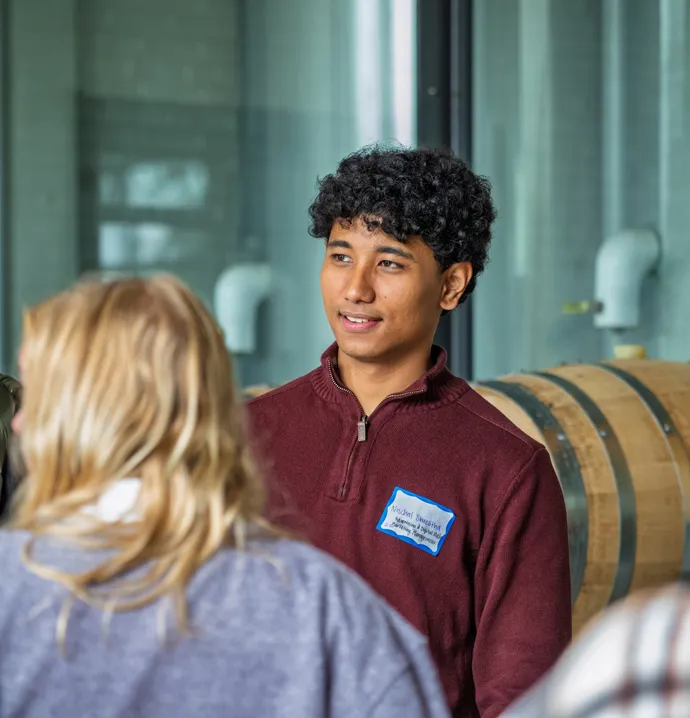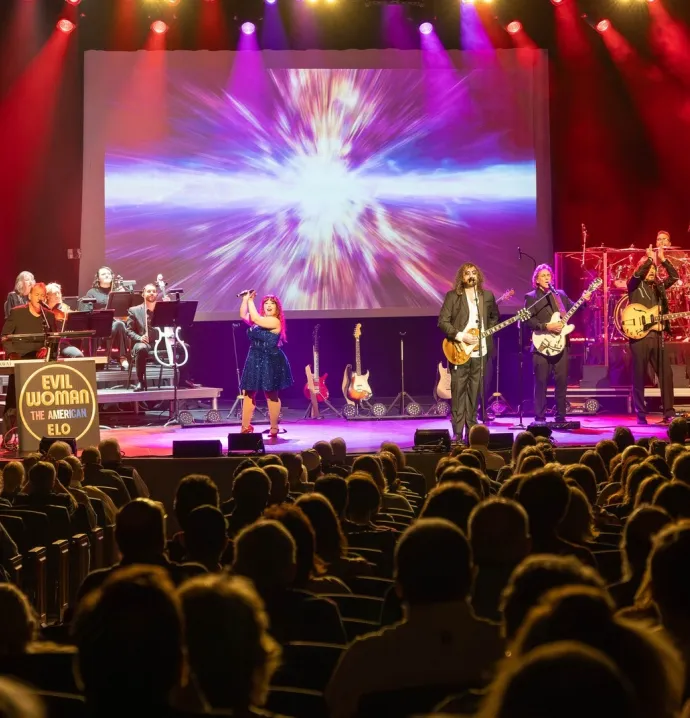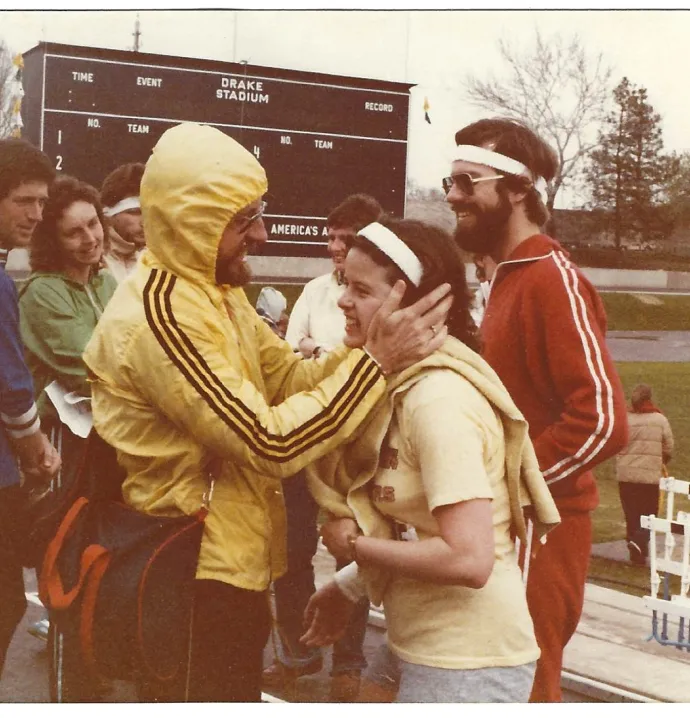Stepping into history: Exhibits taking shape for the UNI Sesquicentennial Celebration
Stepping into history: Exhibits taking shape for the UNI Sesquicentennial Celebration
Beneath the main floor of Rod Library on the UNI campus you’ll walk by a prehistoric mammoth tusk to get to Jess Cruz’s office. As she works at her computer, a taxidermied leopard is perched on a tree branch, looking over her shoulder.
She calls the leopard her supervisor. It doesn’t have a name. And you’ll have to fight her to take it. “He will leave the museum when you pry him from my cold, dead hands.”
The leopard and 200,000-year old mammoth tusk sit among thousands of artifacts donated to the UNI Museum. While many items are not directly connected to the University of Northern Iowa, the rest offer a walk through the history of the institution, which is preparing to celebrate its 150th anniversary.
It’s with the UNI Sesquicentennial Celebration in mind that Cruz, the museum exhibits coordinator, along with Nathan Arndt, museum director and chief curator, are orchestrating opportunities for students, faculty, staff and alumni to enjoy the university’s history through several projects both on and off campus.
The largest effort is an exhibit that will occupy the current space of the UNI Museum, joined by additional displays on campus in Maucker Union, Gallagher Bluedorn Performing Arts Center, and the McLeod Center. Plans are also in the works for traveling exhibits to be featured at locations across the state of Iowa, such as the Iowa State Fair and the Iowa Capitol Building.
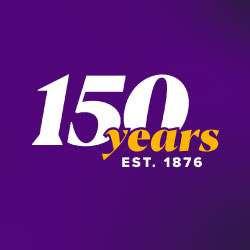
“We're doing a ton of research related to the history of the university,” said Cruz. “A big portion is farming through archives and museum collections, trying to figure out what we have, what kind of stories we can tell with those materials, and then prioritizing.”
Those materials include baseball uniforms from the Iowa State Teachers College, imprint stamps from the Iowa State Normal School and cereal boxes with the image of Super Bowl MVP Kurt Warner. Paddles signed by fraternity members from the 1930s find their home in drawers next to memorabilia from the university’s time as the State College of Iowa.
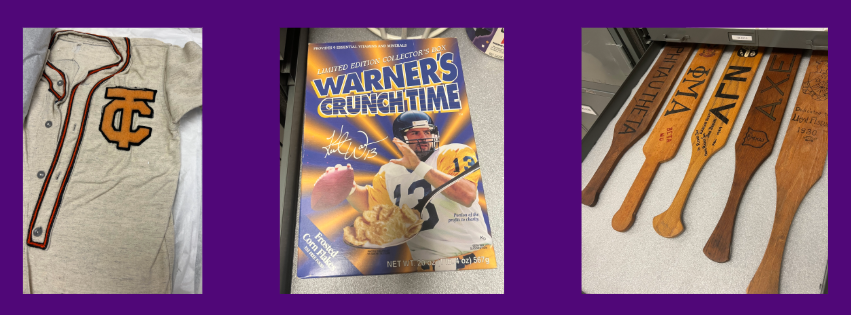
While there’s simply too much to include it all, audiences will enjoy everything on display. “You get to see where you've come from, what has built this institution. Hopefully, current students can see themselves in what we're putting together here. It really is about establishing a community and a culture on campus,” said Cruz.
Arndt agrees: “One thing I've seen with our students is that they value tradition. They value this campus, making sure they're part of those traditions.”
Although the exhibits won’t be ready to visit until October 2025, artifacts in the UNI Museum are available for viewing upon appointment.
Both staff members have their favorite items. “I love that weird marching band uniform,” said Cruz. “It’s a traditional marching band uniform, but the front of it is this really aggressive Panther. It seems like something that should be on football uniforms.”
Arndt enjoys the story of the original clock mechanism from the Campanile. Once believed to have won the “World’s Grand Prize Award” in 1876, researchers later revealed this to be a hoax – making it a tale worthy of its own story.
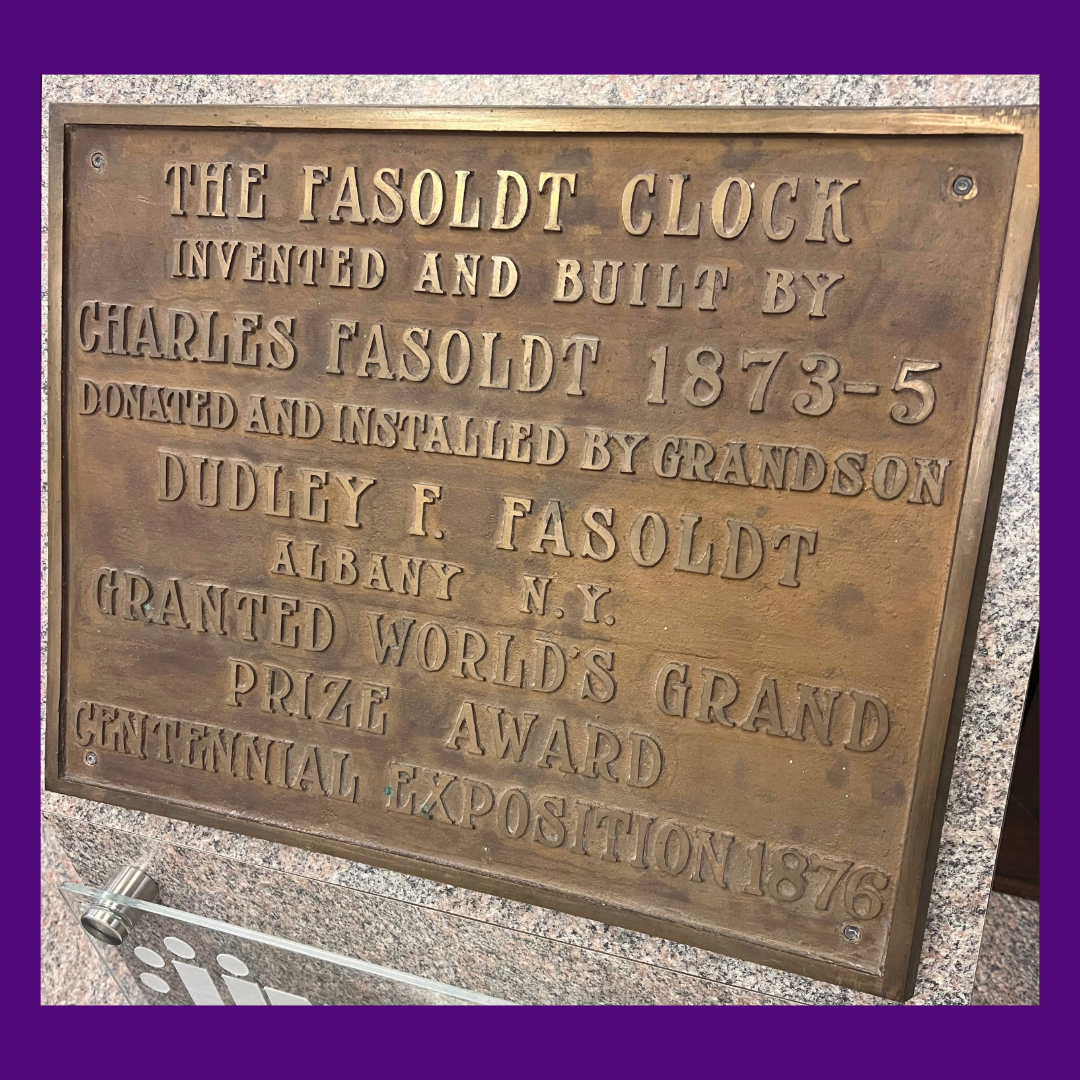
While the first floor of the Campanile has been open during special events, Arndt hopes to transform the area into a space to feature blueprints and building notes available to visitors over a longer period. You might expect to see the history of the mechanism included as well. “The whole history of how this came to be. I mean, there's just a great story behind it.”
The planning teams acknowledge the resources to make these projects happen, but note that the audience is constantly changing, with a new group of students every year and a full cycle of undergraduates every four years. It’s hoped that the investment into this work will be reflected well beyond the sesquicentennial celebration period.
“Museums show us what society believes is important and valuable: If things don't end up in museums, it’s shown that they aren't cared about on some level,” said Cruz.
The UNI Sesquicentennial Celebration will be the second institutional milestone that Arndt has been a part of. He planned a similar exhibit during his time at Brown University, which celebrated its 250th anniversary in 2014. “We noticed an uptick of donations relevant to the exhibits and campus history. We’ll get these donors telling the stories and expanding on what we're trying to tell in the exhibit.”
He hopes to see a similar reaction at UNI. Reach out to Arndt, Cruz or other museum staff if you have something to help tell UNI's story.

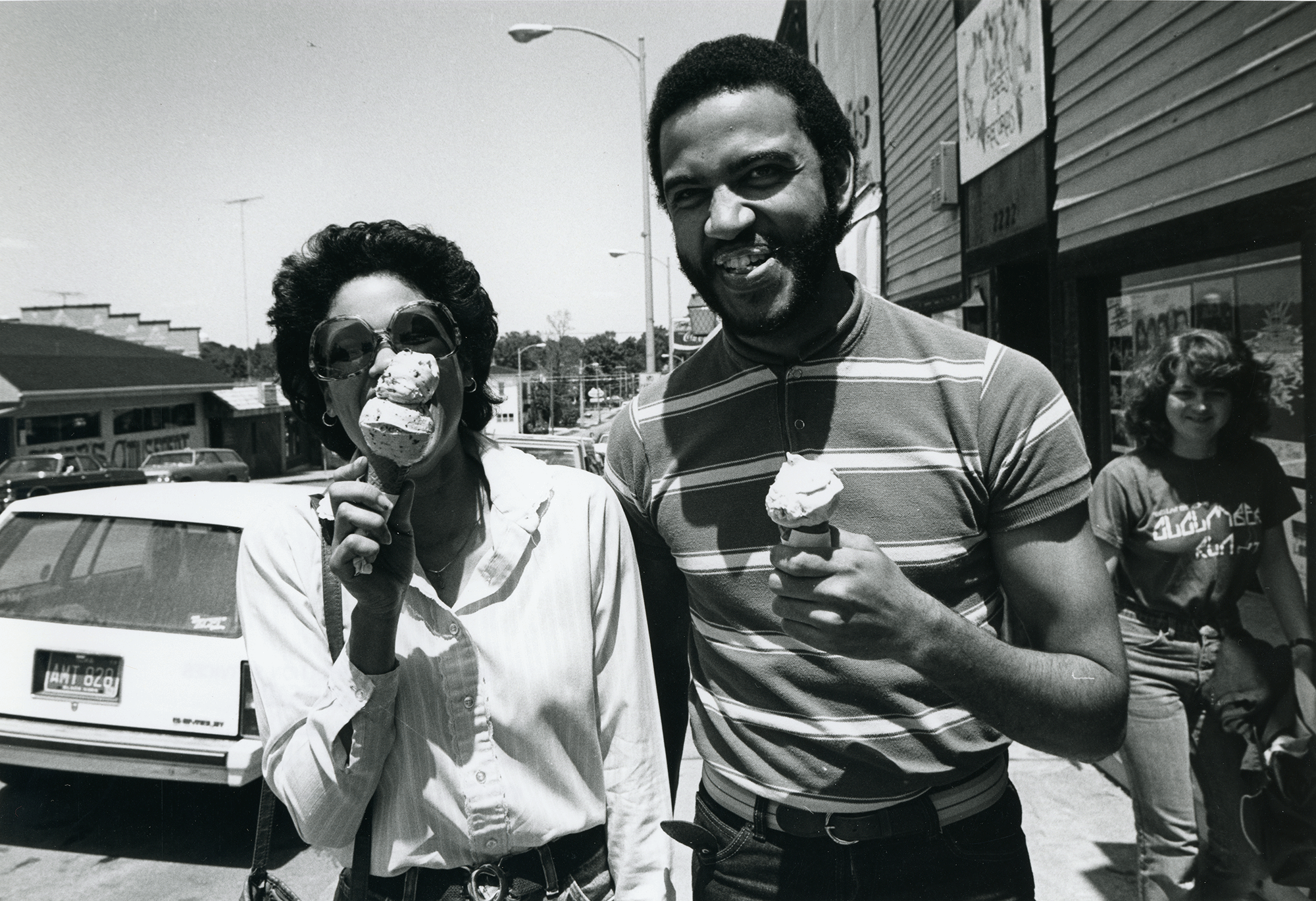

Tell Your UNI Stories
We are collecting memories from our alumni, faculty, staff and larger UNI community! Stories and images will be shared through the 2025-2026 Sesquicentennial Celebration across various UNI platforms.


